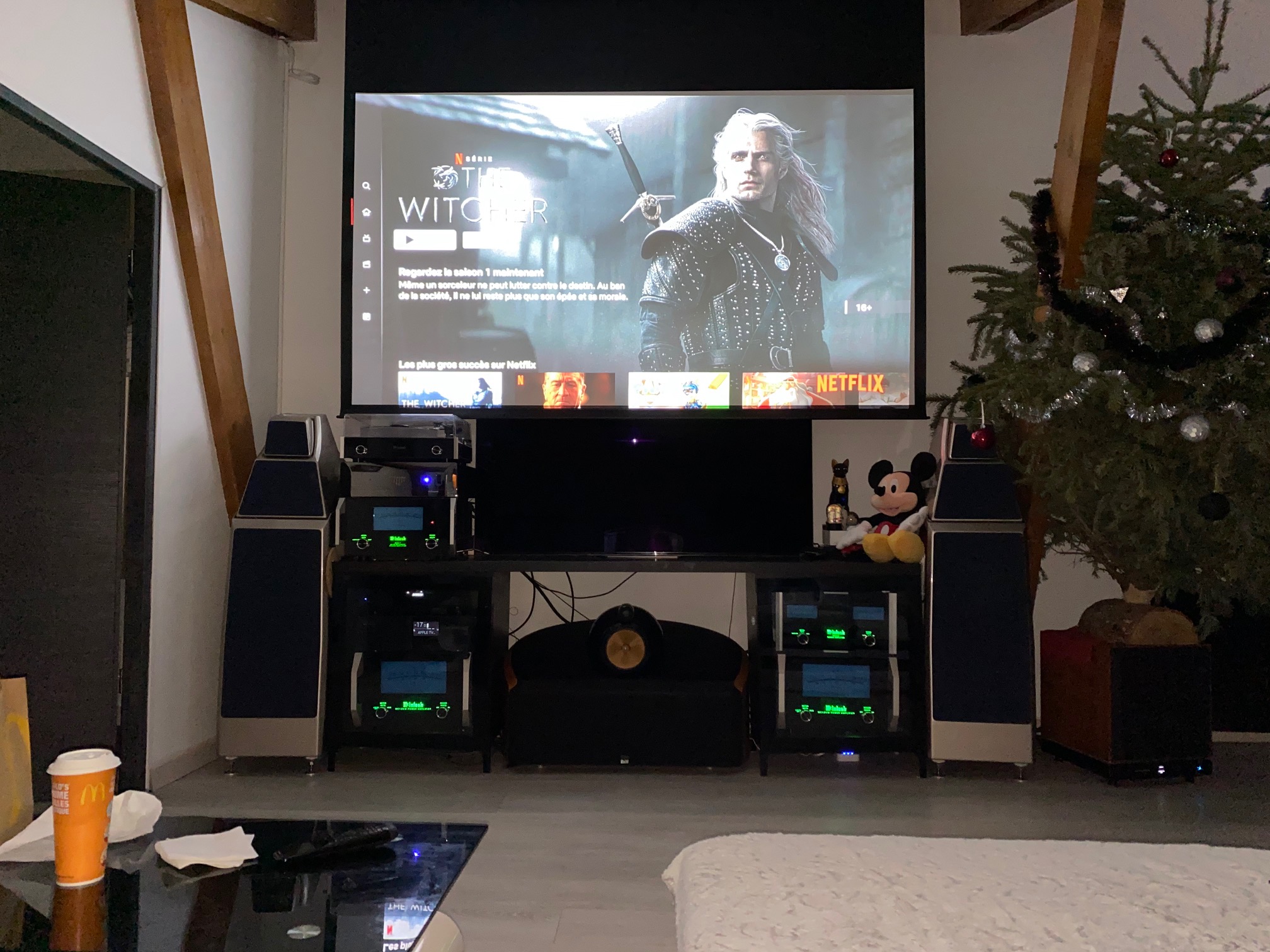Setting Up a Multi-Purpose Room: Home Cinema Combines with Living Space
Creating a multi-purpose room that effortlessly blends a home cinema with a living space is a ambition for many homeowners. Envision enjoying family movie nights in a space that is just as adaptable for receiving guests or unwinding after a long day. Setting up a home cinema setup can change any room into an immersive experience, whether you’re watching the latest blockbuster or binge-watching your favorite TV series. With the correct tools and knowledge, you can build a space that meets all needs while giving you that theatrical flair.
In this guide, we will discuss everything you should to know before beginning your home theater journey. From the crucial components like projectors and surround sound systems to the optimal room layouts and smart home integration, we will cover it all. Whether you’re thinking about a DIY approach or hiring professionals for your installation, this comprehensive resource will help you make informed decisions that let you enjoy the best movie experience right at home. Let's dive into the essential elements that will turn your multi-purpose room into a theatrical haven.
Essential Home Theater Components
Creating the ultimate home cinema experience commences with comprehending the necessary components that will improve your setup. To guarantee maximum enjoyment, contemplate investing in a high-quality projector or display. When selecting the right projector for your space, consider factors like image quality, brightness, and throw distance, as these elements will considerably impact your viewing experience. Whether you opt for a 4K or 8K display, make sure it fits the size of your room and your budget while providing vibrant images and crisp details.
Following this, sound quality is sound quality, which is essential for an immersive experience. A sound system with a surround sound setup allows you to enjoy movies the way they were designed to be heard. Surround sound systems described suggest that for the majority of configurations, a 5.1 or 7.1 configuration provides a good balance of sound quality and spatial awareness. Assess your space to choose the best audio solution, taking into account elements like size and acoustics to ensure ideal sound distribution throughout your room.
Finally, comfortable seating can make or break a movie night. The best seating options for a true cinema experience include plush recliners to dedicated theater seats, based on your space and preferences. Consider factors like layout, accessibility, and visual lines with the screen to ensure a satisfactory viewing position. With the right components in place, you'll have laid a solid foundation for a multi-purpose room that not only serves as a cinema but also combines seamlessly with your living space.

Home Theater Design & Setup
Setting up your room for a home cinema experience starts with thinking about the ideal layout. Aim for a space that enables optimal viewing angles and a pleasant distance from the screen. A common suggestion is to have the distance from the screen be 1.5x to 2.5x the diagonal measurement of your screen. For a projector setup, ensure that no barriers between the projector and the screen to produce a seamless image. Furthermore, don’t forget to leave enough space for seating arrangements that can comfortably fit both family and guests comfortably.
Acoustic treatments are crucial for boosting sound quality in your home cinema. Utilizing sound-absorbing materials on the walls and ceiling can assist in minimizing echo and improving clarity. Explore incorporating acoustic panels, rugs, and heavy curtains to dampen sound. Placement of speakers is also crucial; surround audio setups should be arranged to engulf the viewer, improving the immersive experience. Remember Click This Link of furniture placement; it can dramatically influence both the acoustics and the comfort level of the viewing area.
Illumination plays a key role in setting the mood for movie time. Optimal home cinema setups often feature dimmable lights or smart lighting systems that can modify according to your preferences for watching. Consider elements like LED strip lights for the perimeter or under seating to build a cinematic ambiance without causing reflections on the screen. Moreover, blackout curtains are a wise consideration for managing natural light, ensuring that you achieve the best possible picture quality no matter the time of day.
Upkeep & Upgrades
Consistent maintenance of your home cinema system is important to ensure peak performance and longevity. Start by cleaning your audio-visual equipment frequently, as dust can build up and affect sound and picture quality. Check cables and cables periodically to stop loose connections that can lead to audio interruptions or video issues. Additionally, consider updating firmware for your hardware to enhance performance and security.
Improvements can significantly enhance your home cinema experience. One of the biggest developments in technology is the transition from HD to 4K and 8K screens, allowing for a clearer picture and enhanced overall immersion in films. Enhancing your sound system to a more advanced surround sound setup can also make a notable difference, providing deeper audio that enhances your viewing experience. If you find that your furniture is no longer comfortable or does not suit your needs, investing in new seating can elevate your movie nights.
Explore smart home integration for seamless operation of your home cinema system. Features like voice control and mobile app control can simplify your movie-watching routine. If you observe that your setup is not as effective as it once was, look into eco-friendly upgrades that can help improve energy efficiency while reducing operating costs. Regularly evaluate your system to detect improvement areas and diligently address them to maintain a fabulous home cinema experience.